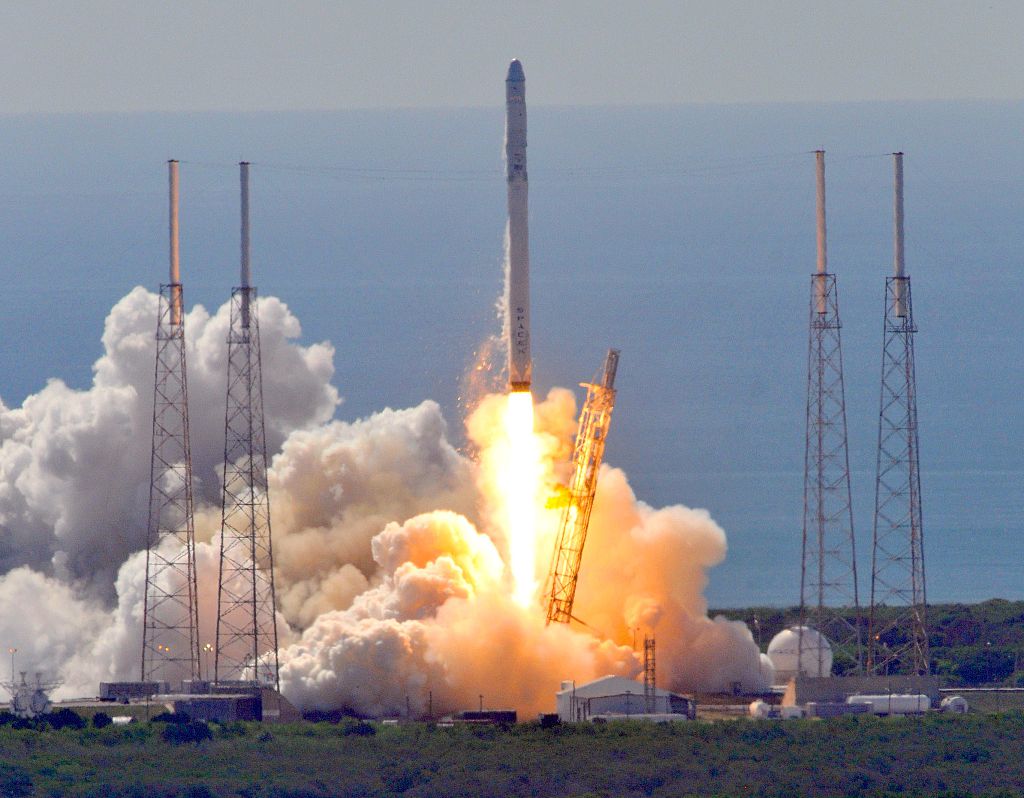CAPE CANAVERAL — SpaceX successfully relaunched and landed a previously flown – or "flight proven," as the company prefers to call it – Falcon 9 rocket from Kennedy Space Center.
SpaceX and its commercial satellite partner, SES, launced the rocket from pad 39A right on time at 6:27 p.m. ET into a clear sky over Florida.
It's a critical mission for CEO Elon Musk, who envisions a future of reusable rockets that can be flown, landed and reflown at least several times before reaching operational limits.
After liftoff, the flight proven first stage again landed on the company's "Of Course I Still Love You" drone ship in the Atlantic Ocean, which is usually stationed several hundred miles off the coast of Florida. The ship is expected to return to its home at Port Canaveral with the Falcon 9 a few days after launch.
Read more:
Mysterious equipment spotted on SpaceX drone ship
Woman astronaut completes record 8th spacewalk, with a tiny hiccup
The first stage being reflown originally took flight in April 2016 from Cape Canaveral Air Force Station with supplies for the International Space Station. After flying more than 4,000 mph and dropping about 87 miles, it landed on "Of Course I Still Love You" in the Atlantic, making it the company's first ever successful ship landing.
During a press event with reporters at Port Canaveral on Tuesday, SES Chief Technology Officer Martin Halliwell said SpaceX provided SES with "tremendous transparency" into many aspects of the first stage, ranging from design to avionics to engines. He said the nine Merlin main engines are the original ones flown in 2016.
Atop the 230-foot Falcon 9 was a SES-10, a commercial communications satellite built by Airbus Defence and Space and operated by Luxembourg-based SES. The 11,700-pound spacecraft uses three separate beams, e


